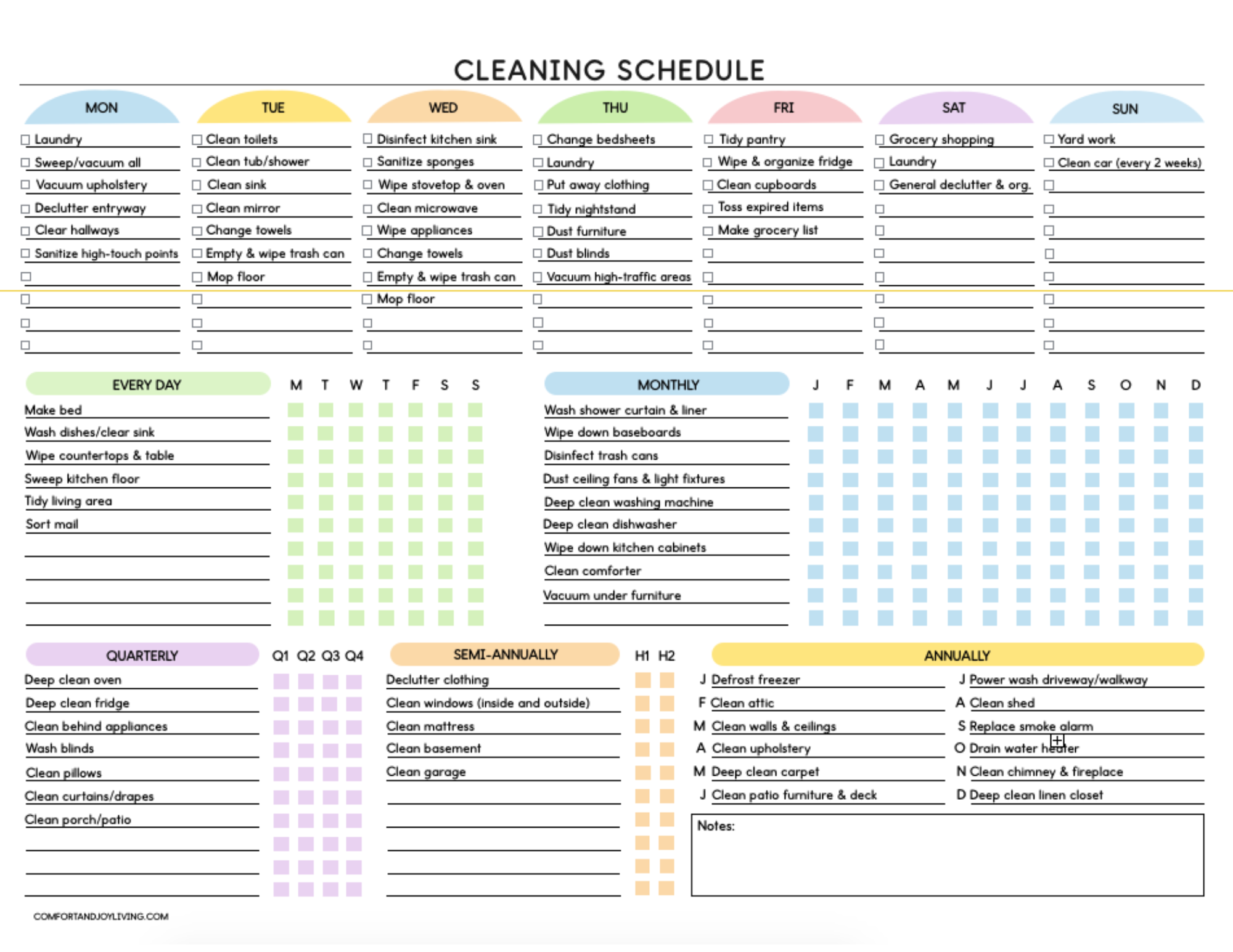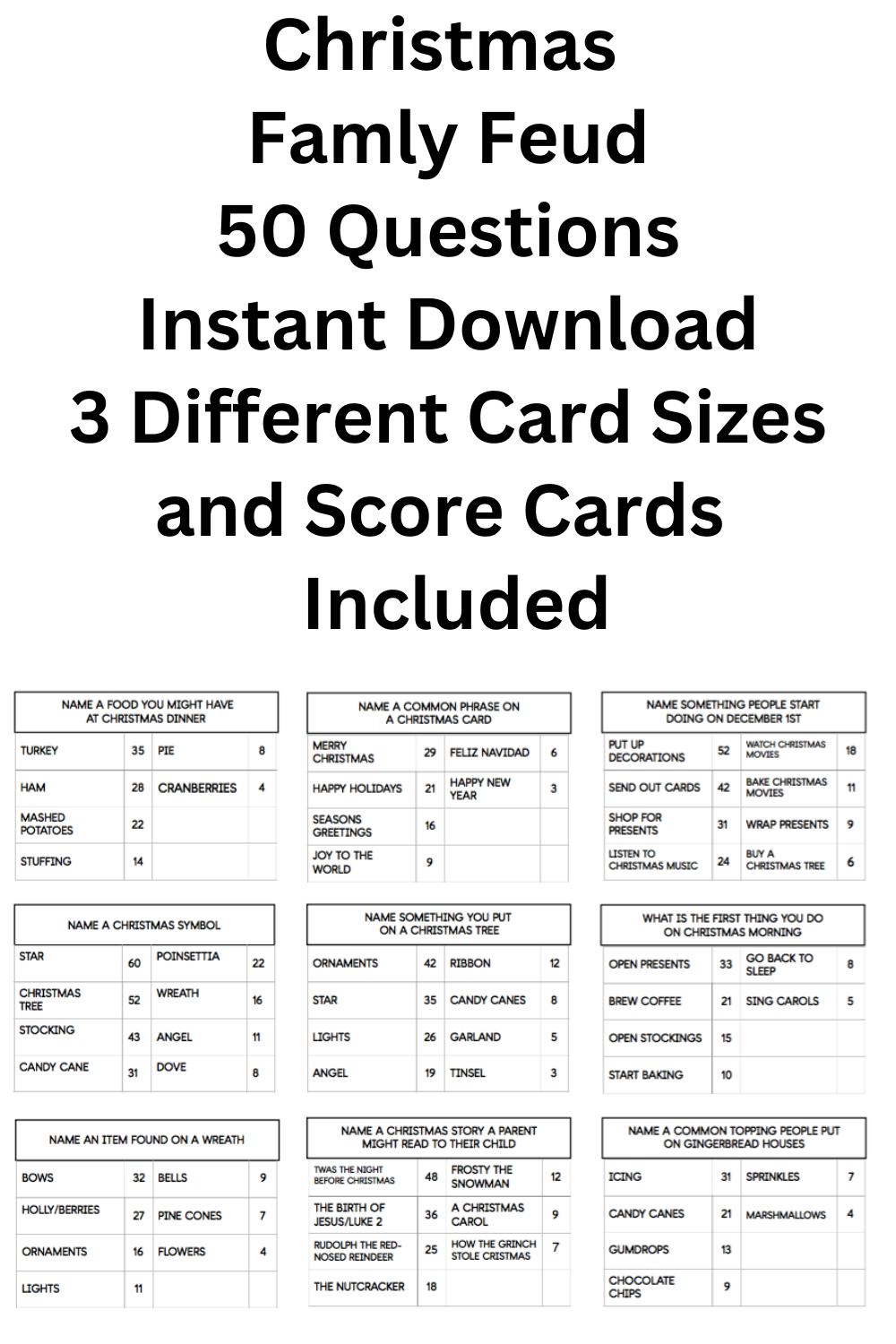Monthly and Weekend Events for Kids and Families:
Atlanta Boston Chicago Houston Los Angeles
New York City Philadelphia San Francisco Washington DC
HOME RECIPES DIY HOME PARENTING
KIDS CRAFTS HIRING NOW (JOB BOARD)
 |
Editable Cleaning Schedule - $.99 Digital Download--This cleaning planner helps you plan and manage your household cleaning all year round! 2 PDFs included--1 editable pre-filled version and 1 fillable version |
How to Say "No" Without Feeling Guilty
Why is it one of the hardest words for many of us to say?
It’s in the core of our human nature to want to please people. Saying no can be perceived as being negative or mean or unhelpful. We fear that we may miss an opportunity. Or, we might make someone upset or angry with us. And who wants that? So, time and time again we say yes when we really want to say no. And often at the expense of ourselves.
We forget that saying yes more than enough times can make us feel overwhelmed and stressed out. It can cause us to neglect the rest of the things in our life that we really should be doing and could be doing if we would have just said no. Even worse, it can make us resentful of the ask, and me us feel under-appreciated and over-committed.
Why do we commit ourselves instead of just saying no from the beginning?
I have to admit that I have a hard time saying no, especially when I’m caught off-guard. It’s in my nature and it’s important to me o be kind and considerate to the people around me. I also wouldn’t want to miss out on what could be a wonderful opportunity or just plain fun. I want to do it all and want to be everything to everyone.
I’m learning that in order to become good at saying no, I need to arm myself with tools that will help me no without feeling bad and without getting the asker upset or angry. They’re certainly not foolproof, and I certainly haven’t mastered them yet, but these guidelines might just help you too.
• Start and End with a Positive
Soften the blow by including a positive statement before and after the word “no.” Saying something positive can help take the focus off of the negative and acts like a cushion to the one word we have such a hard time saying. Instead of being that big fat meanie we fear we’ll be perceived as, we become the person who sees value in the other person and what they’re asking us to do for them.
Here’s a few examples:
Start with a compliment: “That sounds wonderful!” or “What a great idea!”
Then gently say no: “I would absolutely love to do this, but I can’t right now.”
And finish with a positive: “I’m so honored that you asked me. Please keep me in mind for the next time.”
And, if next time still doesn’t work for you? Just say no.
Sometimes we get so caught up in not wanting to disappoint someone, that we forget how powerful effective delivery can be any situation, but especially when we’re giving bad news. Being prepared and positive, but firm, can greatly increase the chances of our audiene reacting positively as well.
• Don’t Answer Right Away
Before answering a request, let the asker know that you’ll get back to them. Make it a regular habit of taking a breather, no matter what the request is, to give yourself a moment to think about how you really want to answer. It’s perfectly okay to say, “I have to think about it” or “I’ll have to check my schedule” or “I need to talk to my spouse”before giving a final answer.
Many times we may say yes because, in the moment, we are so caught up in the excitement of the opportunity or the need to please someone that we forget the lack of time that we have or we feel obligated to accept while in person. Taking a moment and getting back to the person later will give you the time to think and respond appropriately without committing yourself to something that you don’t really want to do.
Waiting to respond is probably the easiest way to begin your journey to effectively using the word no. For me, particularly in the business world, it’s the response I most commonly use. Pausing before responding gives me a moment to gain clarity, bounce the request off of a few people to get thoughts and opinions about the situation, and even find someone else who’s interested. Everyone wins.
• Change the Channel
Sometimes, when the person asking is quite assertive or aggressive or good at making you feel guilty, it can be very hard to say no to them in person. I these cases, try changing the channel. Ask for time to get back to them, then respond to an in-person or phone request through a channel of communication that’s non-confrontational, such as an email or a text message.
Having a firm NO in writing and without having a verbal conversation makes it much easier to prevent falling into the trap of back-and-forth convincing, especially when you’re dealing with someone who is much more persuasive or forceful than you. Plus, it’s much easier to type NO than it is to say it!
• Refer a Friend
When you’re asked to do something that you’re not interested in doing or don’t have enough time to do, it can be much easier to say no by referring someone else instead. Most of us know at least one or two people who like to say YES to everything or who love getting involved. Perhaps it’s someone who recently moved into your town and is looking for an opportunity to meet people, or another who is an expert in this area and would gladly take this task on and also do a better job.
So, instead of obligating yourself, drop a name and walk way feeling that you were helpful.
• Just Say No
A simple, direct NO is usually the most effective.
Giving an unequivocal NO will eliminate the expectation of any other outcome. This response quickly frees up both the person asking and the one being asked. It lets you check the item off of your mental list instead of waisting additional thoughts on it.
If you have no intention of saying yes, and it’s clear to you that you have no intention of saying yes, why prolong your answer?
Be quick, considerate and confident. But say no.
Saying no can be very hard sometimes and even painful. But often the alternate is even worse. We never know when we might get caught off guard by someone asking us for something, but with a little forethought and preparation, you can be ready to say no when we have to so that we can say YES when we want to.
Do you ever have a hard time saying no? What techniques have you used that have worked for you?
LEAVE A REPLY
Your email address will not be published.

